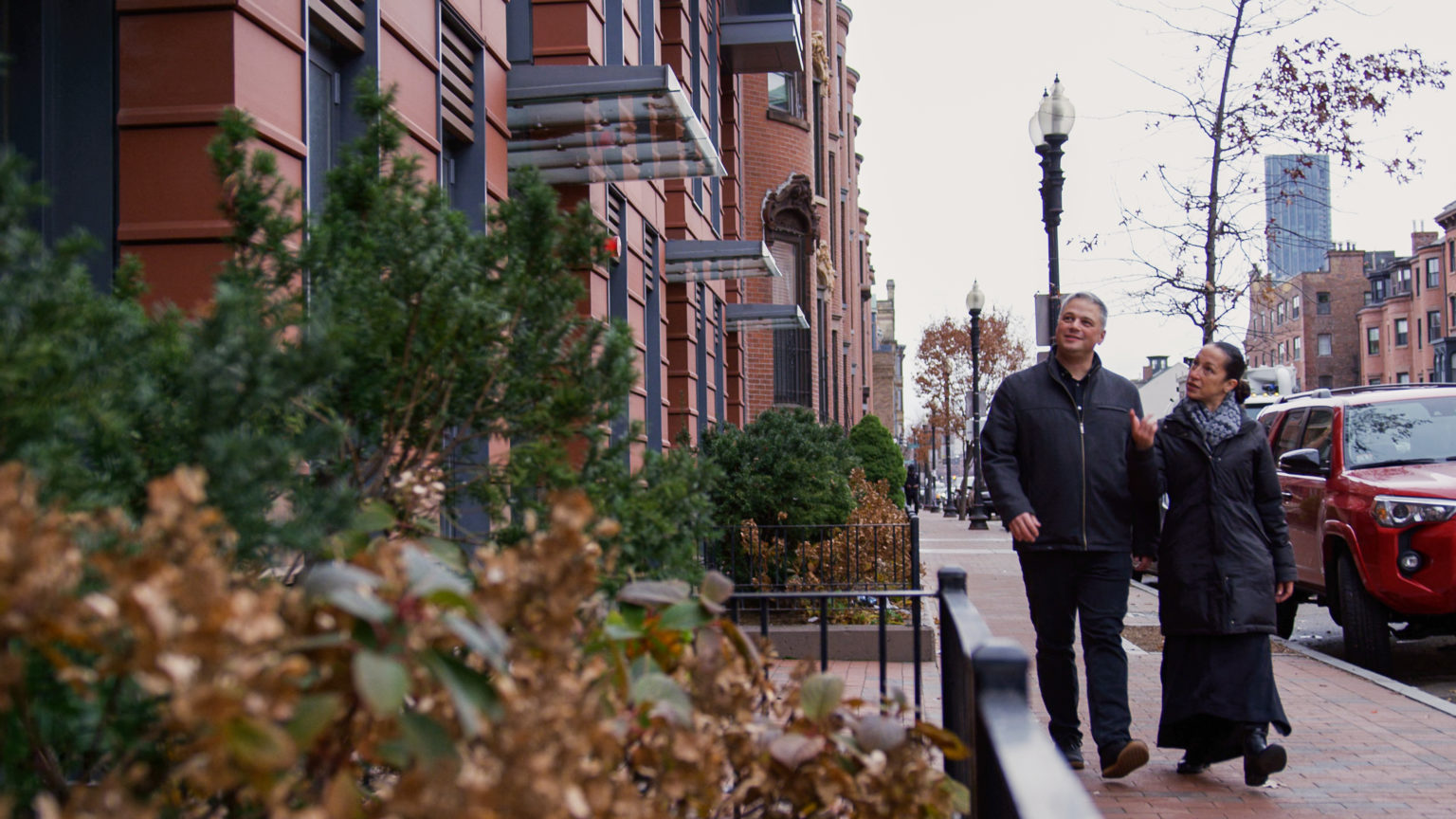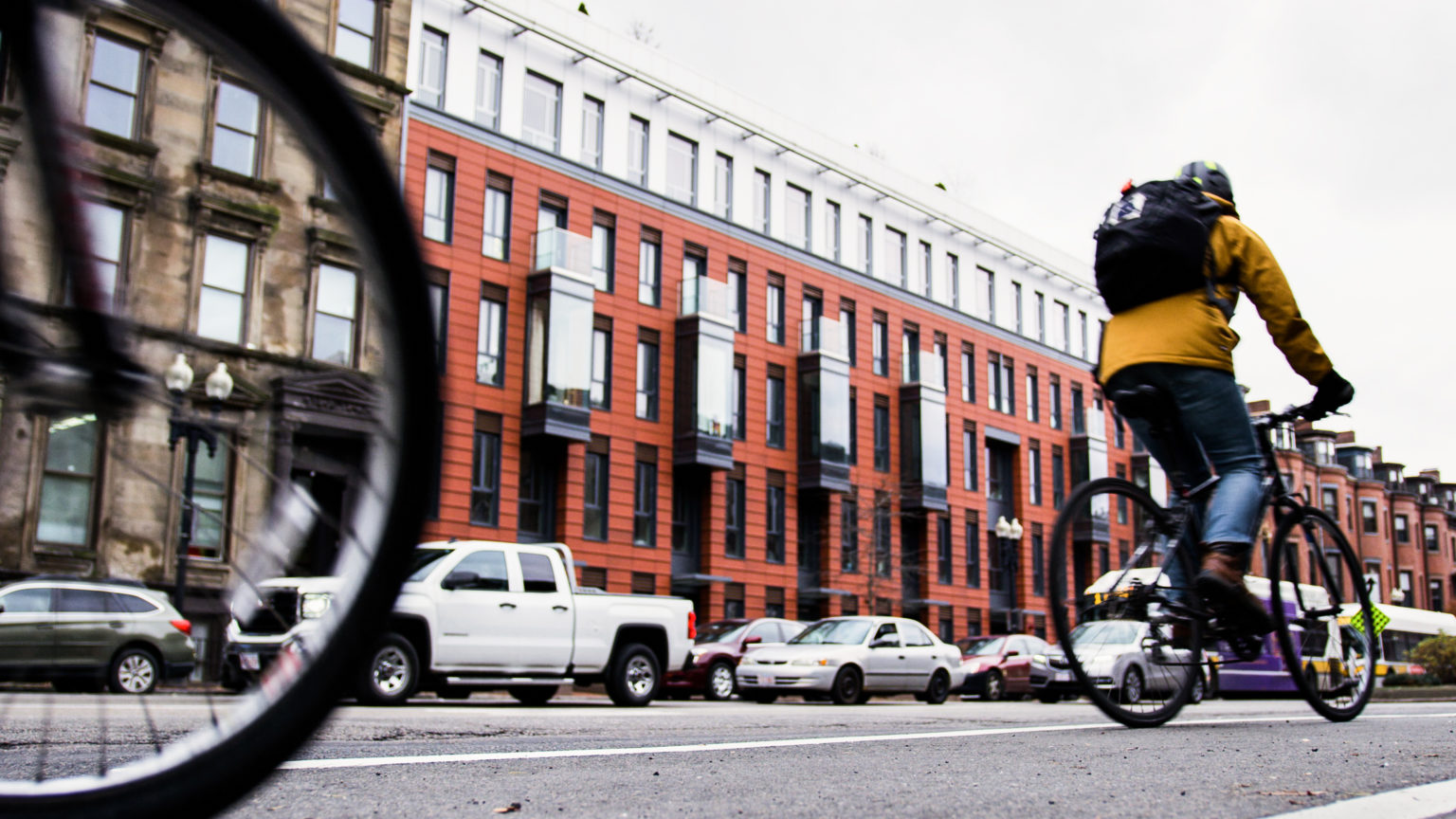From capitalism to climate change, there are numerous factors that affect the growth and transformation of urban areas and by extension, the communities that live in them. When planning and designing for new structures and infrastructures in our City of Boston, we believe that it’s essential to keep these issues at top of mind and to ask ourselves how we can bring our values of sustainability, community, and justice to all projects. We spoke with Studio Luz Principal and Co-Founder Anthony Piermarini about his observations of infrastructure in Boston, the patterns we can see in urban transformation and their impacts on communities, and the changes he hopes to see in the future.
Tell us briefly how you envision the city of Boston in five to ten years. What changes do you think we may see in the city during that time?
The environmental impact of urbanization under capitalist models is a critical component of how cities will evolve, including Boston, which has changed rapidly over the last decade. I think we’re going to see the city finding itself once again, as a center for culture as well as business. Bioengineering and tech companies have started to have more interest in the area, in Seaport particularly, so I think that we’re going to start to see that play out as people start coming back to work at those companies. I think we’re also going to see a new vibrancy of the downtown area, but at the same time we’re going to start to grapple with the fact that housing is just unaffordable in Boston, like a lot of other major cities in the country. I’m hopeful that there will be some reform in how affordable housing is made available, and that we will see more creative development partnerships that will make housing affordable. I do think that we are definitely going to see people by and large embracing more sustainable construction and design models.

How do issues like climate change, capitalism, and community equity affect Boston today, and how do you think they will continue to affect the growth of the city?
As with all major cities, the issues of climate change and equity will impact Boston’s built environment in some important ways. Some of our older, more established neighborhoods in South Boston and East Boston are home to more vulnerable communities — those areas are the home base for many immigrant communities, intergenerational communities, and low-income communities — and they’re right on the waterfront. So those vulnerable communities will need to be buttressed for resiliency and sustainability on many levels.
The Seaport neighborhood of Boston is also one of the neighborhoods that’s most threatened by climate change and sea level rise. So we have our work cut out for us here, just like many other cities. We have a lot of vulnerable coastline in the City of Boston. There has to be some thought about what to do in terms of building up that shoreline and protecting those vulnerable communities against the sea level rise that’s inevitably coming. I’m optimistic that some ideas will start to emerge soon and that plans will be put into place.
In terms of energy sources – there is hopefully going to be a shift away from fossil fuels, toward electrical power for buildings and transportation. This may create opportunities to rethink petrol-based vehicular infrastructure. The problems of aging power infrastructure are going to be a major global concern as the atmosphere warms and local conditions shift.
Senior Designer and Project Manager Nuria Gambín Esteban bikes from Cambridge to the Studio Luz Architects office in Roslindale on a rainy day. Many Studio Luz staff bike, walk, or use public transportation to get to work.
What changes in current approaches to urban transformation do you hope to see? What investments, commitments, or focuses do you hope to see from industry figures?
I hope to see more serious investment in carbon reduction across all industries. This would include public investment in vulnerable communities to support resiliency and sustainability. Supporting multiple forms of infrastructure, social infrastructure, economic infrastructure, and physical infrastructure, would all be ways to secure positive change.
Particularly in Boston, I think the public transportation infrastructure is super important. It’s falling apart, and there is a real desire for people to move away from using cars, especially fossil fuel-burning cars. But as of now, the infrastructure’s not good enough. Again, this impacts low-income communities the most, when you have a transportation network that doesn’t allow you to create opportunities because you’re spending all your time waiting for a ride. I’m really hoping that we see improvement in public transportation infrastructure — I think that will really benefit our communities.
I also really hope we see more investment in public education in the city. That issue is driving families out of the city; if the educational system here in Boston isn’t serving kids, those that can afford to get out will go elsewhere, which creates further inequality. That’s not something that’s not a choice for everybody — that’s a position of privilege. Those that stay currently have to really put a lot of work in supplementing what the public education is offering.
Social infrastructure of schools as well as a physical infrastructure of transportation are two areas that Boston has the potential to do well, but it is just taking a very long time to implement. Updating and improving both would have such big impacts on a lot of different communities in different ways, and overall make Boston a place that’s more desirable to live in for the long run.
